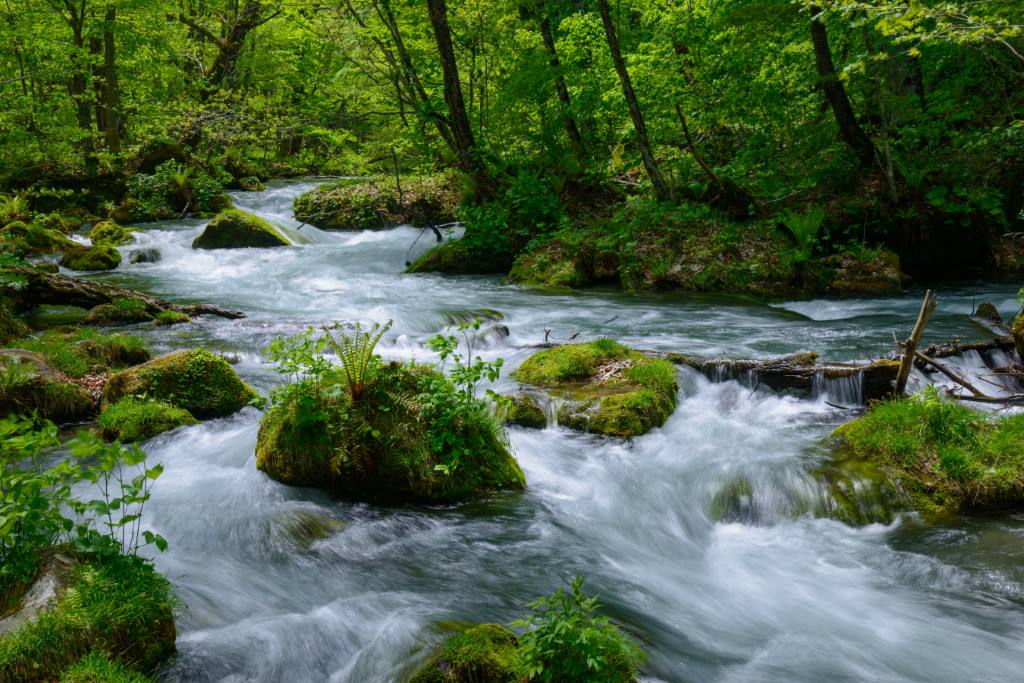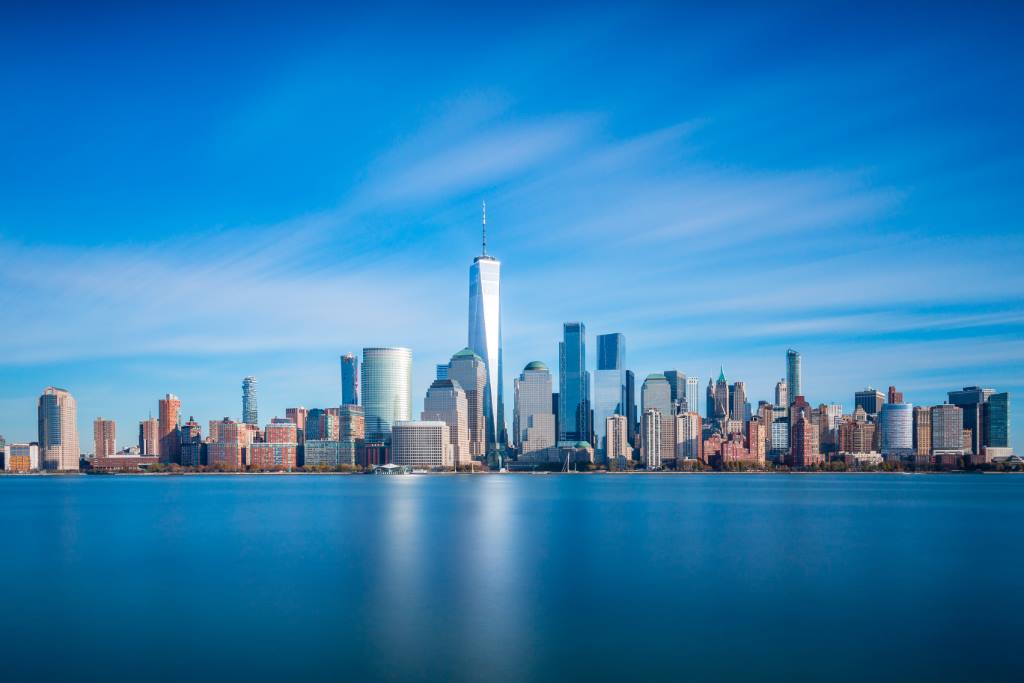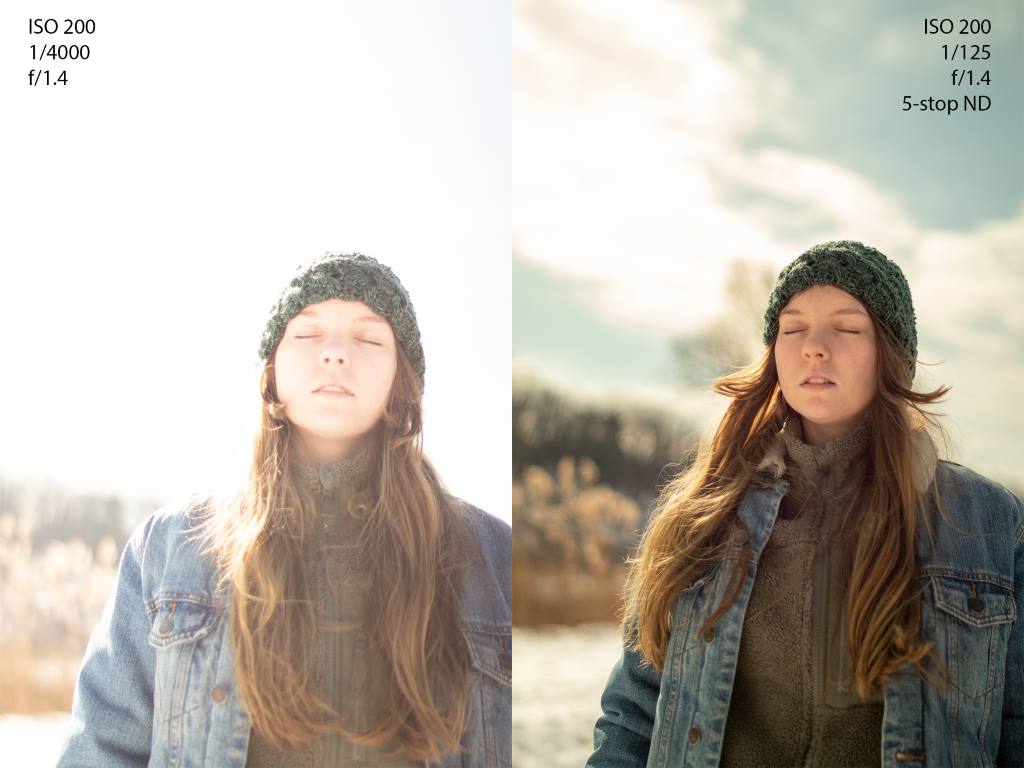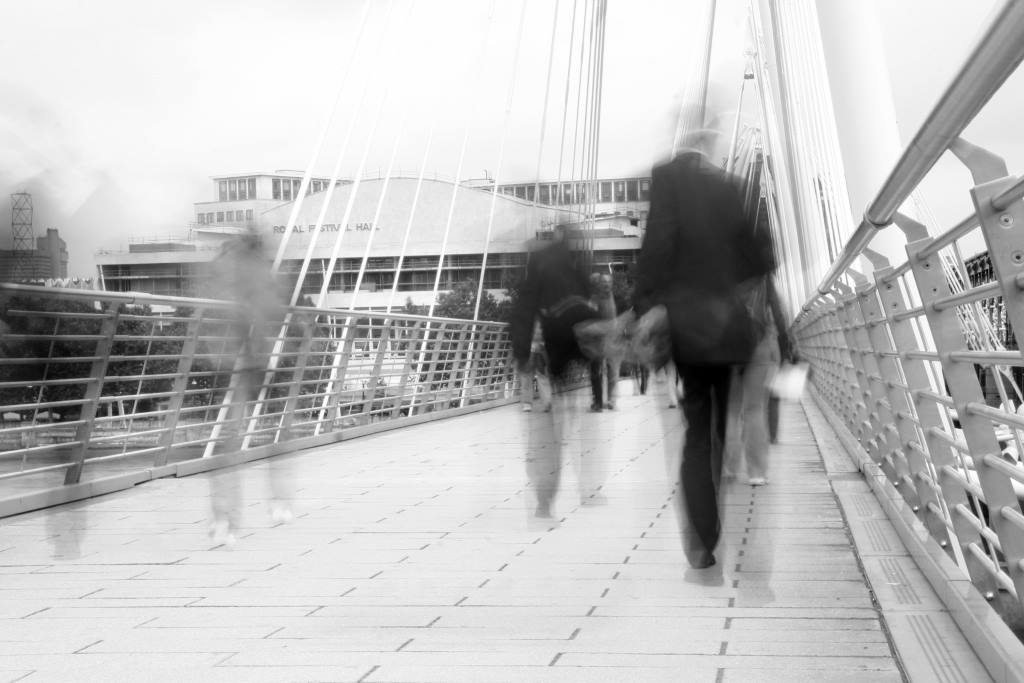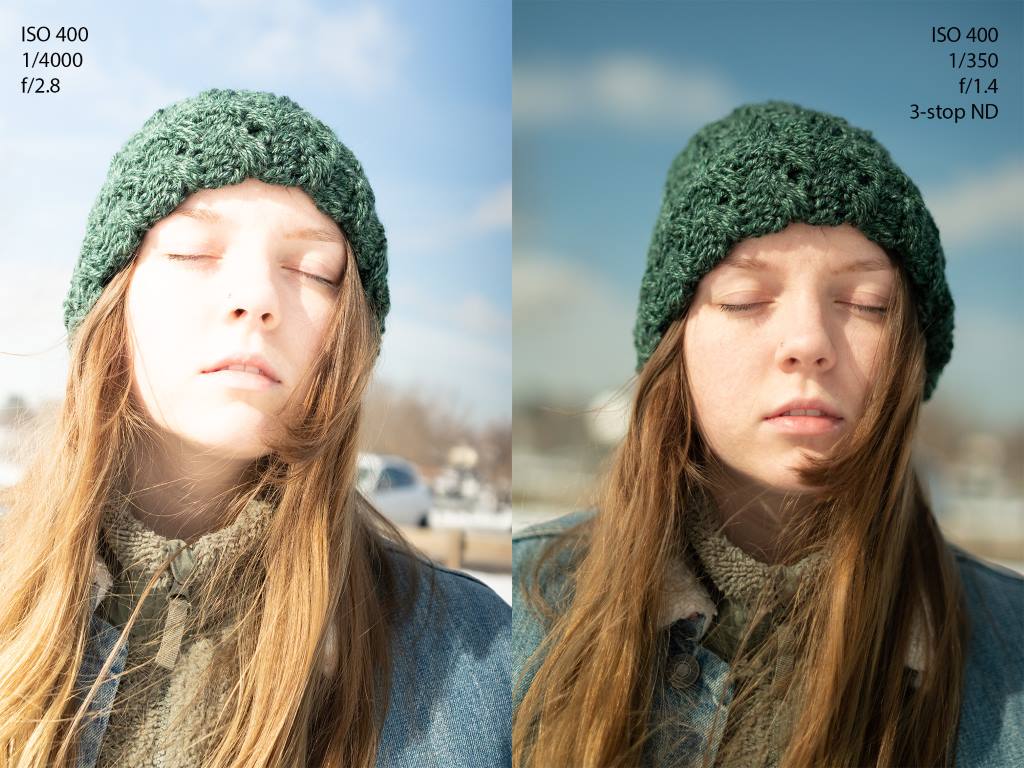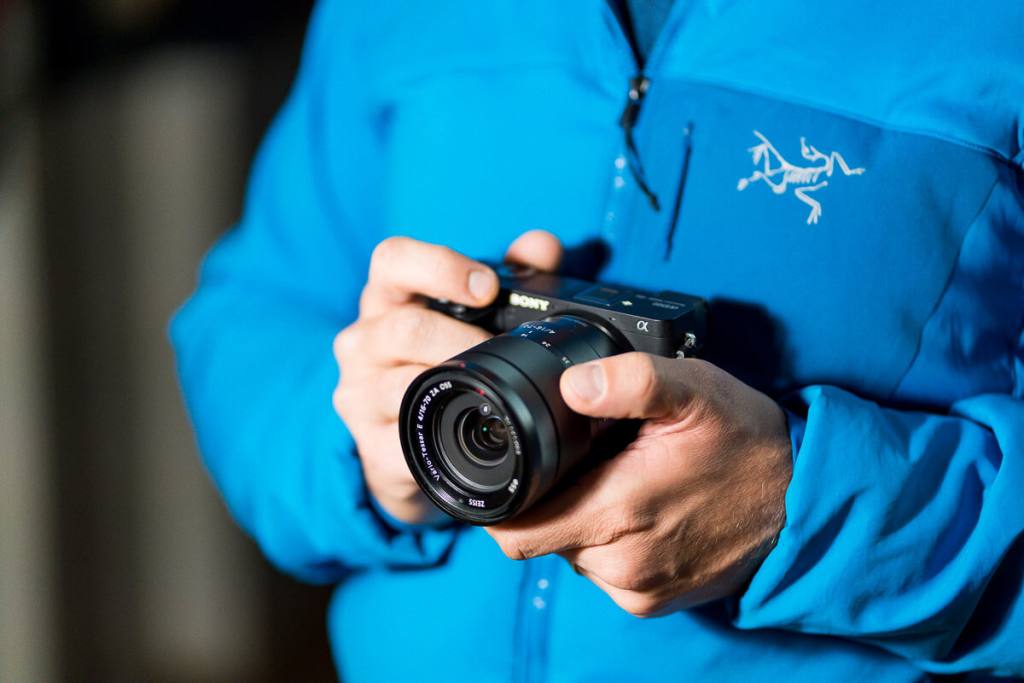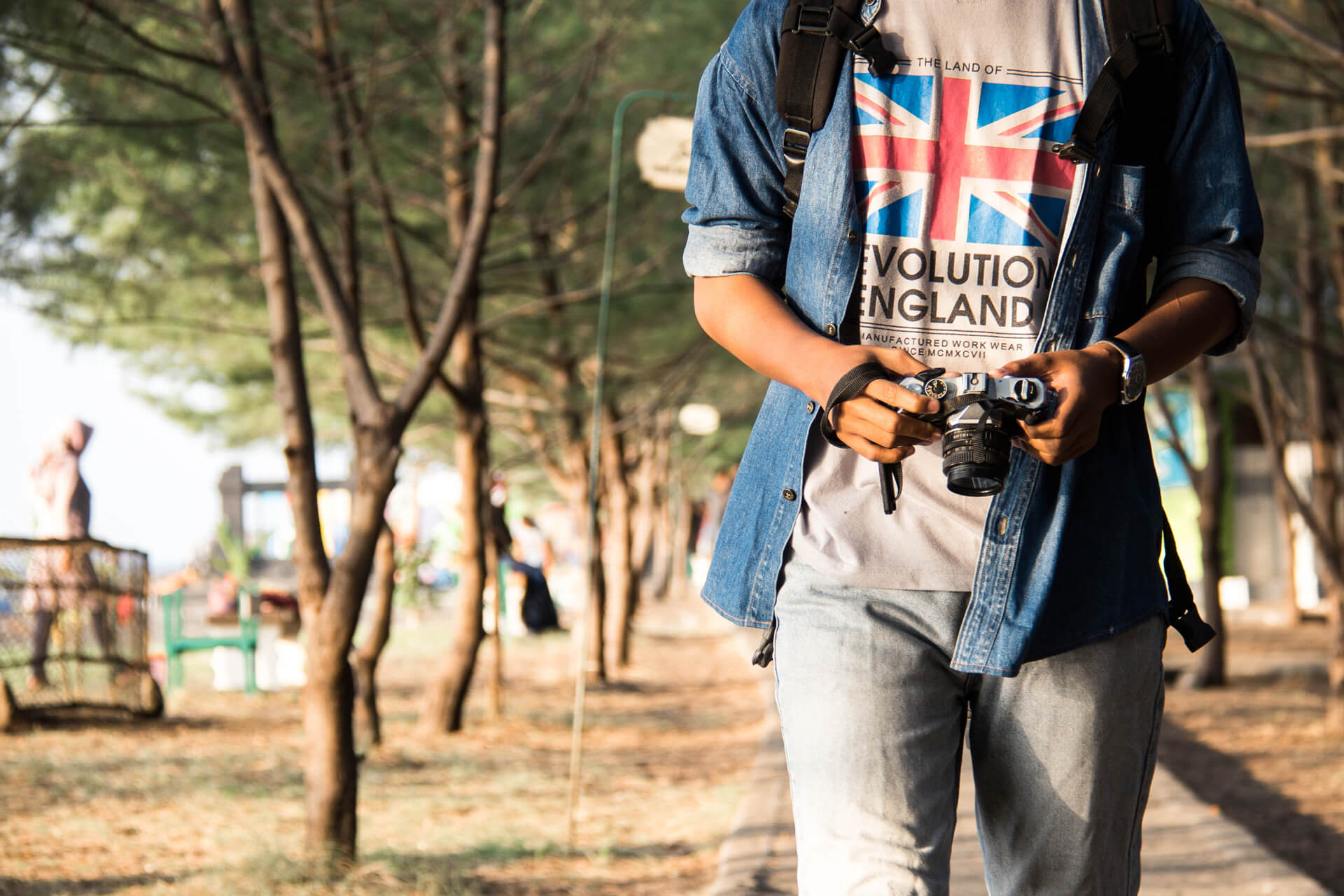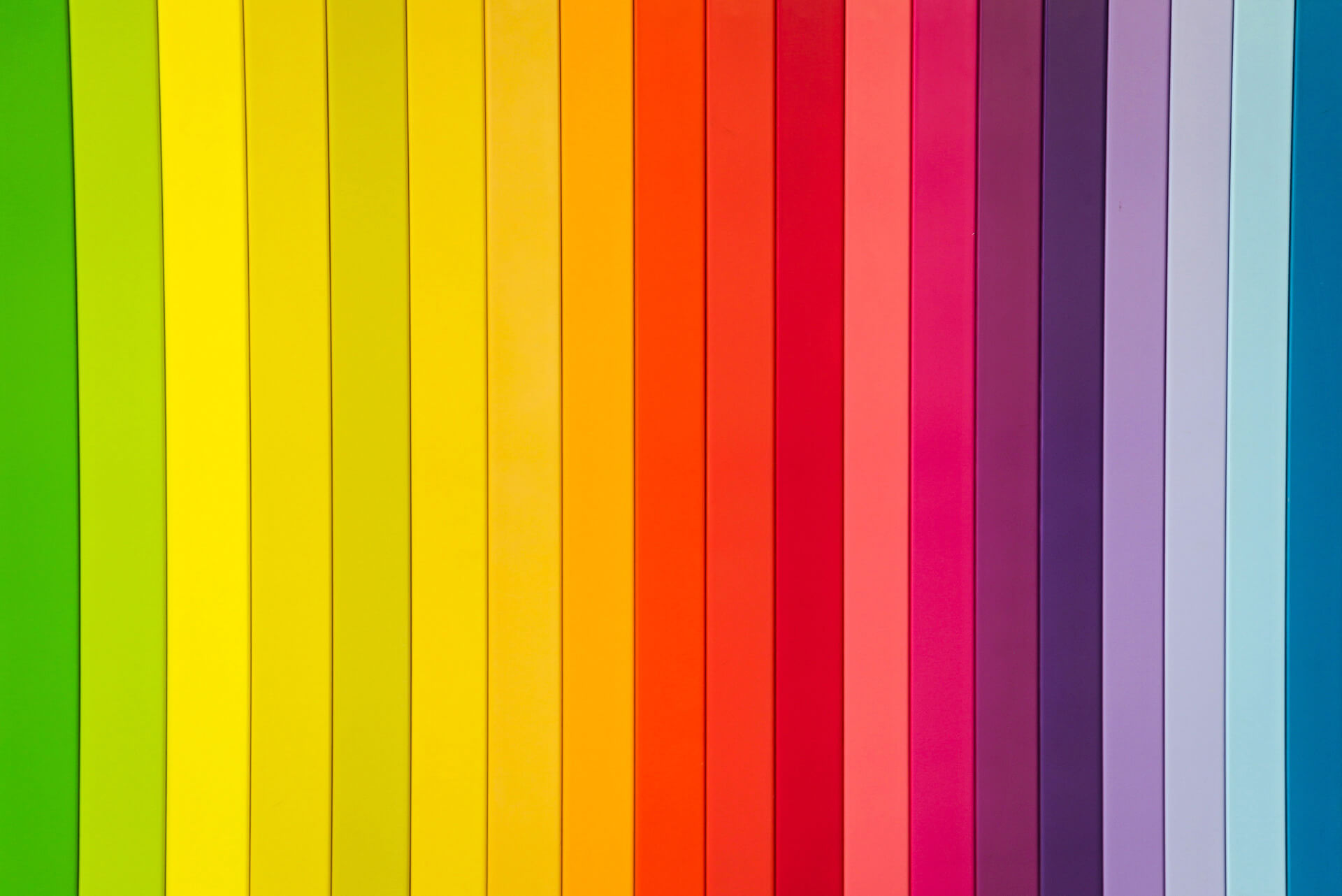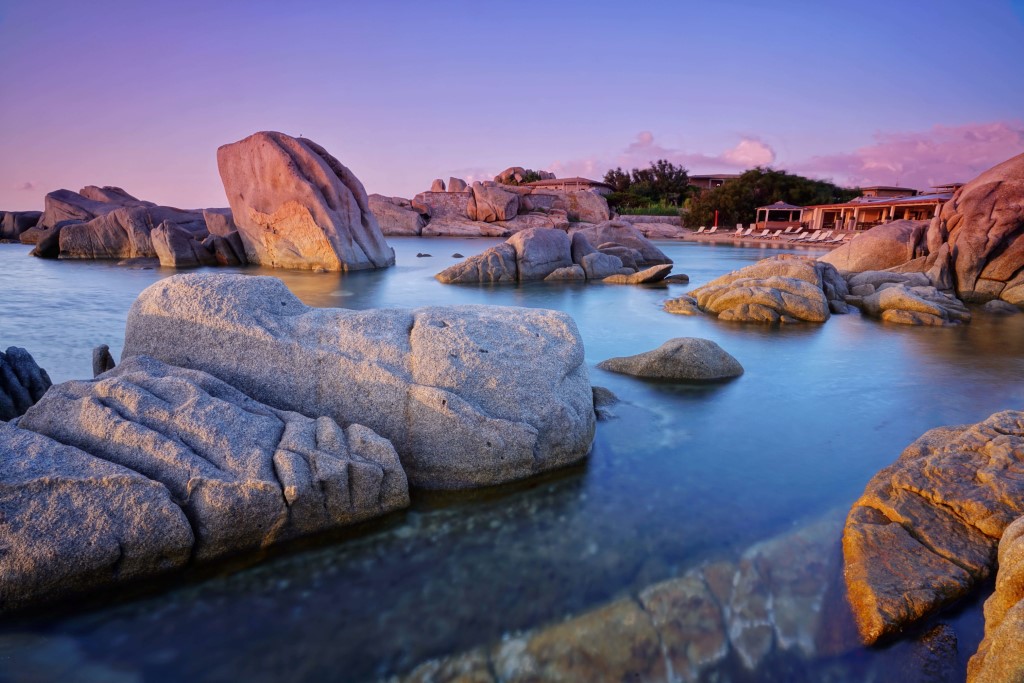Neutral Density filters are probably the most common type of lens filters you’ll encounter. Whether you’re shooting landscapes with moving water, portraits, action shots, or even video, here are the top five reasons why you should be using ND filters to improve your photography:
1. Long Exposure
If you’re shooting landscapes, especially those with moving elements, an ND filter allows you to slow your shutter speed to achieve that delicious motion blur without overexposing your images. If you’re after cascading waterfalls, milky oceans, or blurred cloud movement, this tool will be essential to your kit.
There are a few different degrees of long exposures, and the ND strength you’ll need to use will depend on the degree you’re hoping to achieve.
‘Quick’ Long Exposure
Lighter ND filters, such as a 1, 2, or 3-stop, won’t give you super long exposures with milky water, but they will begin to give you some slight motion blur while still maintaining the texture of the scene. Exactly how long of a shutter speed you can use will depend on the lighting conditions you’re shooting in. Using such a light ND filter in full sun in the middle of the day may not make much of a difference, meanwhile, you might reach a shutter speed of a few seconds later when the sun is lower in the sky. Refer to this article to calculate your new shutter speed with your chosen ND filter.
‘Semi-Long’ Long Exposure
To get the milky effect, something around a 6-stop ND filter will typically do the trick. This should blur together choppy water and give a slight blurring effect to the clouds as well.
Ultra Long Exposure
Extra long shutter speeds of a couple of minutes will produce images in which the water looks like glass or ice and the clouds become stretched out across the sky. This can be accomplished with a 10-stop ND.
2. Shallow Depth of Field
Many portrait photographers like to shoot as wide open as possible to get that dreamy shallow depth of field behind their subject. If your lighting conditions aren’t in favor of this, closing your aperture may be the only way to save the image. Using an ND filter, however, will reduce the amount of light in your image so you can still use your open aperture.
3. Adding Motion Blur
Despite some misconceptions, ND filters are not exclusively for landscape photographers. They are also great for cityscapes and sports photography. Moving vehicles, sporting events, and crowds of people can be blurred or distorted, adding an atmospheric element to images that may otherwise appear flat or static. Apart from action shots, motion blur can also be used more creatively. An ND filter can aid in capturing the movement of a garment for a fashion editorial or depicting strong emotions in a creative portrait session.
4. Greater Setting Flexibility in Bright Conditions
While lots of light is generally a good thing in photography, there is such a thing as having too much. Have you ever run into this problem before? You’re out on a shoot and you’ve got your settings perfect for what you want, but the sun is blazing and there’s not a cloud in the sky. You decide to compromise your creative vision just so you can get something useable. You raise your shutter speed to the max, drop your ISO as low as it can go, and close your aperture as much as it allows, but somehow it’s not enough. The sun just won’t let up, and your image is still overexposed.
This is where an ND filter becomes a true lifesaver. Screw one on the front of your lens or pop in a rear ND filter and, suddenly, you can see again! You can open your aperture, slow your shutter speed, and finally capture the image you originally set out to without the sun ruining the whole scene.
5. Video and Film
ND filters are an absolute must when shooting video. Videographers are typically limited in their setting options, so using an ND, particularly a VND, is necessary to land the shot. To achieve the buttery cinematic look, you always want to set your shutter speed to double your frame rate. If your frame rate is 24FPS, your shutter speed should be 1/48 or 1/50. Being locked into your shutter speed, you have little flexibility in your other settings. Depending on your lighting conditions, you may not be able to get a properly exposed scene with your preferred aperture.
With a VND, you can set the proper shutter speed, set your aperture to your desired depth of field, and then adjust your VND to balance the exposure. This will ensure that your footage has natural motion blur that mimics real life, elevating your work from amateur to professional. This filter is also useful for physically moving the camera through different lighting conditions because you can adjust the exposure as necessary as you go.
Bonus: Solar Photography
If you shoot solar photography, then that’s one more reason you need an ND filter. Our Kolari Pro 20-stop ND filter is safe to use for solar and solar eclipse photography. WARNING: Even if you’re using an ND filter for solar photography, do NOT use an optical viewfinder. ND filters do not provide the protection from harmful UV and IR radiation that specialized solar imaging and viewing filters do. Only use electronic viewfinders and/or Live View mode when shooting solar photography.
Stacking Filters
If you have multiple ND filters, you can stack them on top of one another to increase the filter strength. For example, you can stack a 3-stop ND and a 6-stop ND to create a 9-stop ND filter. However, filter stacking can cause numerous issues. With each filter stacked, there are more layers of glass separating the light from your camera’s sensor. Since light has to travel through multiple filters, the likelihood of light refraction is higher, which can cause softness or color fringing in your images. Stacking multiple filters can also create unnecessary bulk and thickness on the front of your lens.
To avoid these issues, opt for a variable ND instead. Most VND filters come in two density range options: 2-5 stops and 6-9 stops. The flexibility offered by VNDs makes them a great alternative to the stack of various fixed NDs taking up space in your camera bag. Their ease of use also makes them an ideal option for beginners who want to experiment with different settings. Whether you’re filming cinematic footage, shooting in variable lighting conditions, or someone who prefers to travel light, we recommend checking out our Kolari Pro VND and our Kolari R Drop-in VND for EF-EOS R Lens Adapter.
*Trying to shoot IR? Be careful–most NDs won’t work in infrared, but we’ve got one that does!
To stay up to date on new releases and updates, be sure to subscribe to our newsletter.
Visit our shop to learn more about our ND filters and other products to see if there’s something there for you.
